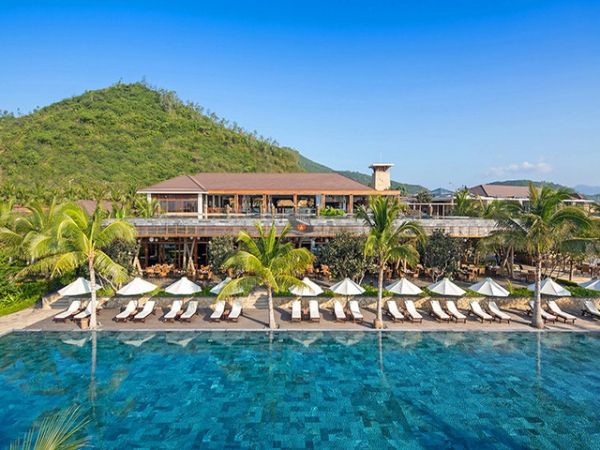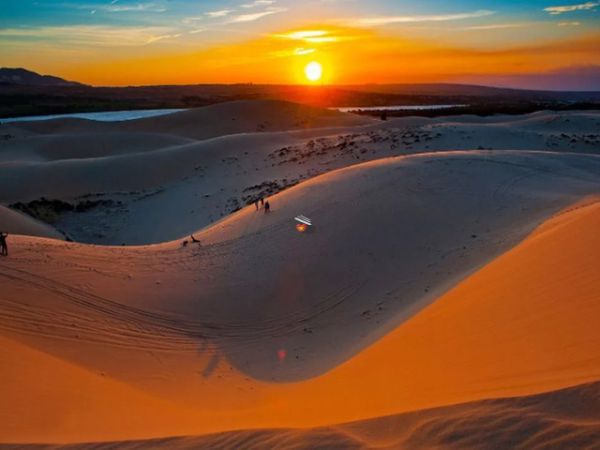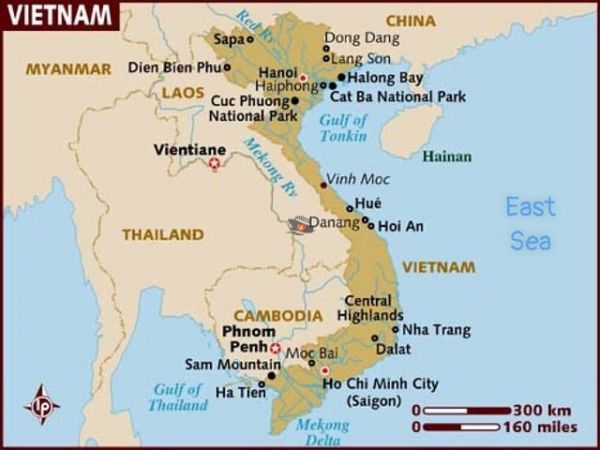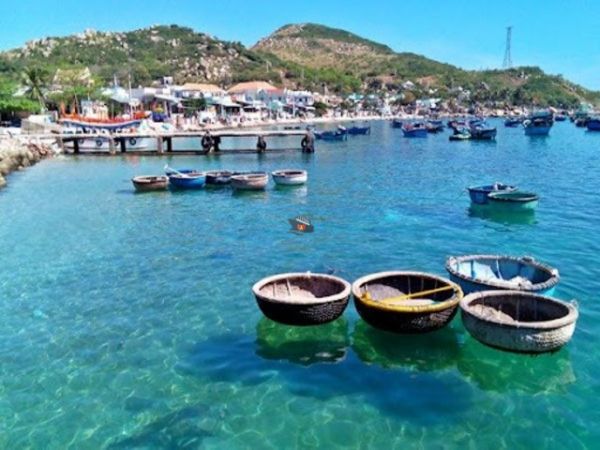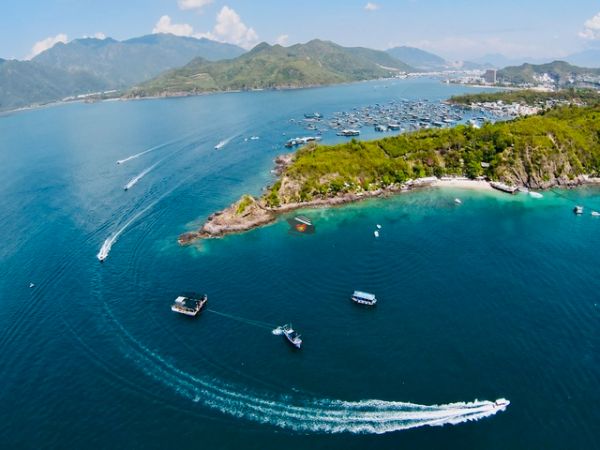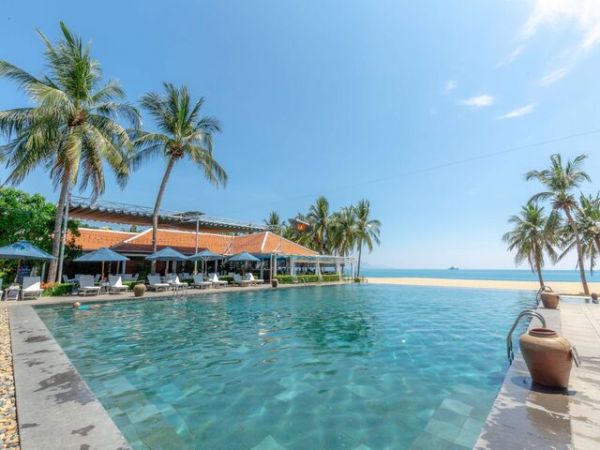NORTHWEST VIETNAM TRAVEL GUIDE

Northwest Vietnam Travel Guide. Northwest Vietnam, with its rocky, cone-shaped mountains, lofty views, and deep valleys, has some of the most harsh terrain in the country, if not Southeast Asia. Traveling to the more remote regions of the country requires time and effort, but those short on both may stay in Sapa, where the surrounding hills represent a microcosm of the region as a whole.
Northwest Vietnam Travel Guide:
The northern provinces of Vietnam are culturally varied and heavily populated by ethnic minorities. It remains a rural backwater, largely cut off from the country's recent economic successes.
These chosen sites, based mainly on our experiences visiting Northwest Vietnam, have proven to be consistently popular with our tourists. Based on your tastes, our professionals can assist you in deciding how to include them in your overall vacation.
We've chosen a variety of accommodations for your vacation to Northwest Vietnam. Our picks are often advised based on their character, amenities services, or location. Our consultants constantly try to recommend houses that meet your tastes.
Northern Vietnam's climate is divided into two seasons: the warm to hot rainy season (April to October) and the cool to cold season (November to March). The temperatures drop the most in December and January, with the possibility of frost in the extreme north. The cold temperatures and thick mists are likely to reduce visibility in major hiking and sightseeing sites such as Sapa. During the hot wet season, the climate is largely hot, with temperatures reaching 37°C in the warmest months (June and July). On average, the winter temperature on Vietnam vacation packages can drop to 17° C, while the mountains in the northwest are likely to be much colder (10° C or below).

Places to Visit in Northwest Vietnam?
Northwest, also known as Tay Bac, with the Hoang Lien Son Mountain Range, is regarded as the roof of Southeast Asia in general and Vietnam in particular, providing outstanding sceneries like mountains, terraced rice fields, rivers, streams, waterfalls, tea plantations, and so on. Dien Bien, Hoa Binh, Lai Chau, Son La, Lao Cai, and Yen Bai provinces share a border with Laos and China, and each provides visitors with a unique experience in terms of scenery and culture. That is why the Vietnam Northwest tour is ideal for individuals who enjoy exploring nature, seeing distant hill tribal settlements, and experiencing a unique culture and lifestyle.
From May to September, the Northwest is known for its gorgeous terraced rice fields, which can be seen everywhere. Aside from the natural splendor, the Northwest is home to a large number of ethnic minorities dressed elaborately. For hundreds of years, they cultivated a rich culture that is important to Vietnamese culture. Despite being one of Vietnam's most disadvantaged places in terms of topography and weather, the Northwest region is becoming increasingly appealing to tourists because it offers something enigmatic that piques their interest.
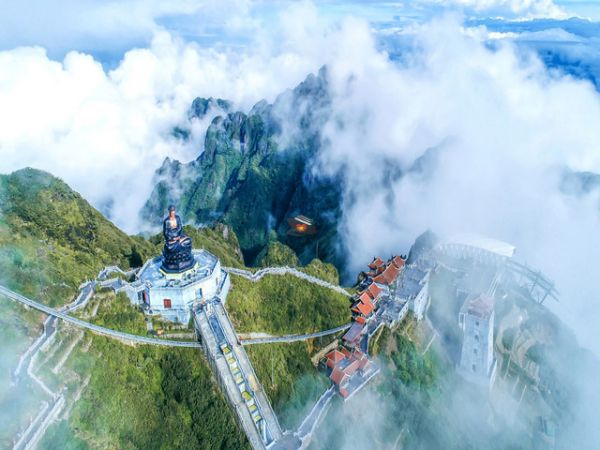
Top Highlights in Northwest Vietnam:
Seeing a range of interesting cultural and historical sites, as well as multiple pauses to soak in the natural beauty of the islands, including some spectacular snorkeling, and having outstanding guides made this an unforgettable experience.
- Mai Chau Valley:
The tranquil Mai Chau Valley is located around 135 kilometers (85 miles) from Hanoi. Mai Chau is a collection of tiny towns, farms, and individual stilt houses spread out over a broad and lush valley, well known for its Ruou Can (a distinctive rice wine consumed using long bamboo straws). Peaceful and attractive, it is also the closest area to Hanoi from which to hike into the countryside and spend the night in a genuine ethnic minority community.
- Moc Chau Plateau:
When you approach the large market town of Moc Chau, you'll notice black-and-white dairy cows walking across the road, which were originally brought from Holland. Much of the region is dedicated to dairy production, so make sure to sample some of the notoriously thick yogurt, ice cream, or Moc Chau-branded chocolate bars. Be advised that nighttime temperatures in the coldest months, January and February, can drop below -3°C (27°F). Visitors should wear adequate attire as central heating is practically hard to locate.
Highway 6 from Moc Chau climbs to the west, passing hills planted with tea, coffee, cotton, and fruit trees, including mulberry, whose leaves are fed to silkworms. The route passes through Son La's rugged scenery, near the border with Laos. Many ethnic minorities live in the region, including the Hmong, Mnong, Muong, Mun, Kho Mu, Dao, Tay, White and Black Thai, Xinh Mun, and Hoa.
- Dien Bien Phu Battles:
Dien Bien Phu, the capital of Dien Bien province, is located on the east bank of the Nam Rom River (Song Nam Rom) near the northern end of the Muong Thanh valley. This was the location of the infamous Battle of Dien Bien Phu, a 57-day siege that marked the end of the French empire in Asia. It is surrounded by high green hills from which tens of thousands of Viet Minh forces attacked French G Garrisons in 1954.
Dien Bien Phu, the capital of Dien Bien province, is located on the east bank of the Nam Rom River (Song Nam Rom) near the northern end of the Muong Thanh valley. This was the location of the infamous Battle of Dien Bien Phu, a 57-day siege that marked the end of the French empire in Asia. It is surrounded by high green hills from which tens of thousands of Viet Minh forces attacked French G Garrisons in 1954.
The Dien Bien Phu Victory Monument towers above the town from its high point on D1 Hill. This massive bronze figure, unveiled in 2004, stands 12.6 meters (41 feet) tall and weighs 220 tons. It shows three soldiers standing atop the French stronghold, one holding a flag, the other a cannon, and the third a kid clutching flowers. The flag reads: Quyet chien, quyet thang (Determined to battle, determined to win).
- Lai Chau Province:
Lai Chau province, located between China to the north and Laos to the west, was once known for its wildlife, including tigers, but this has now been drastically reduced (with no tiger sightings in several years) due to rampant deforestation, slash-and-burn farming, and the lucrative trade in illegal animal products.
Highway 12 runs north of Dien Bien Phu and links with the ancient village of Muong Lay (previously known as Lai Chau - confusingly, there is now a new Lai Chau), which is about 104 kilometers (65 miles). The scenery is stunning, with craggy, forbidding peaks juxtaposed against deep levels of forest. The route into town is in decent shape, however, heavy rains between May and August can create significant. delays.
The new capital of Lai Chau province lies 150 kilometers (93 miles) to the northeast: Lai Chau town, originally known as Tam Duong, is thriving with new stores and hotels. Aside from visiting the market, which is frequented by White Hmong and Flower Hmong, White Thai and Black Thai, Dao Khau, and Giay hill tribes, visitors may visit a number of ethnic-minority settlements that can only be reached by motorcycle.
- Sapa City And Sapa Market:
Sapa is one of the country's most popular hiking destinations due to its stunning terraced landscapes, ethnic diversity, and vibrant marketplaces. The location is highly picturesque, and it takes no more than 10 minutes to hike through the town and into the calm countryside for a fantastic Vietnam adventure trip.
Sapa is immediately recognizable by its diverse assortment of hotels, restaurants, and stores, all of which have a unique French architectural influence. In the Sapa area, there are several ethnic villages and wooden dwellings with minorities such as Thai, Tay, Day, Red Dao, and Black H'mong.
- Son La Province:
Son La is a sequence of slow images captured from the minibus window on their lengthy ride from Hanoi to Dien Bien Phu. And the same-named provincial capital retains little tourism significance. It's a classic "the pleasure is in the getting there" destination. There are considerably fewer wonderful provinces to miss a day or two than Son La. Also, in case you are traveling on your own. As an example, consider a motorbike. Son La offers tremendous possibilities for tours, with several side roads off the main route communities and hills to visit.

Hotline/ WhatsApp: +847-6666-0606
Email: info@friendlytravel.vn


